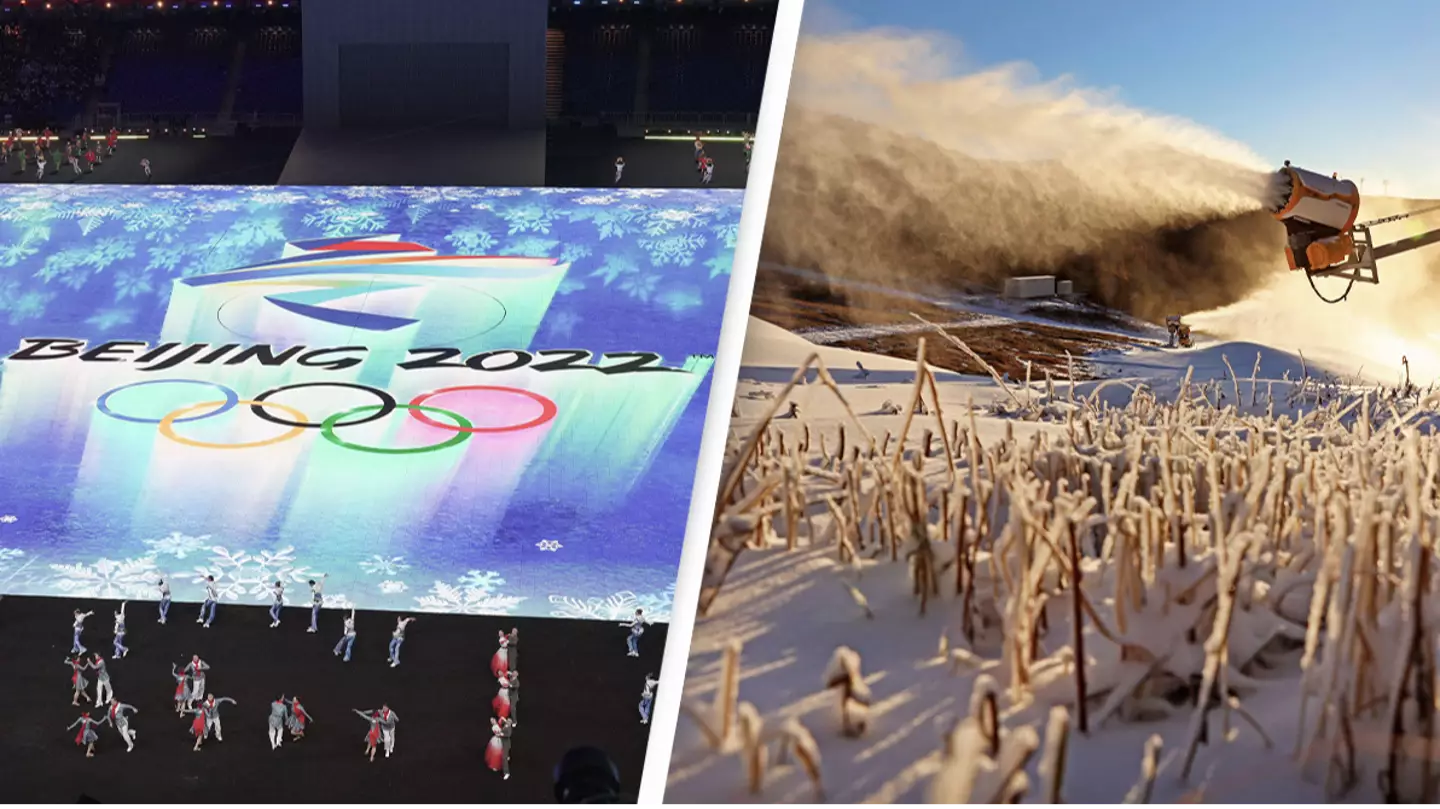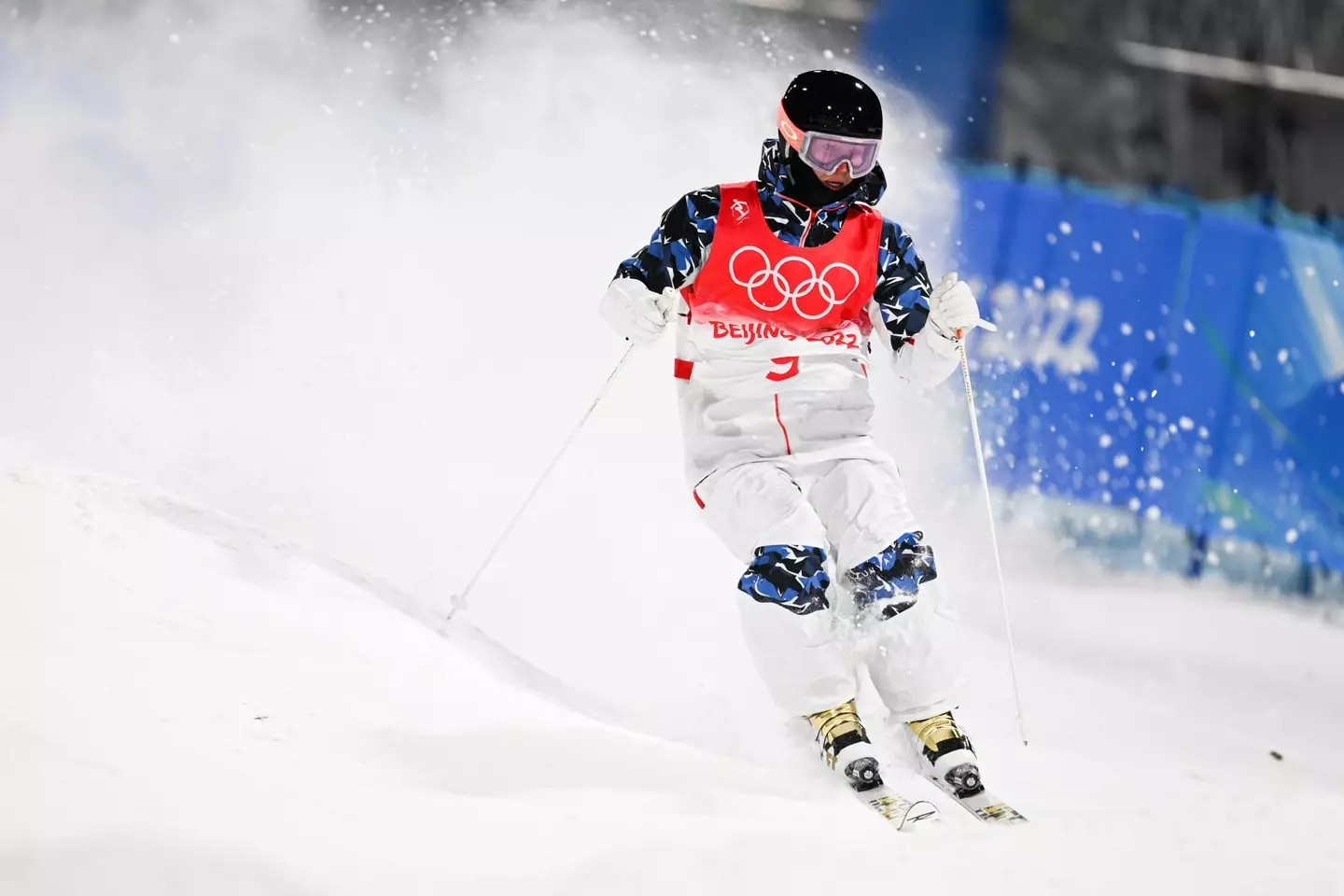
As the Beijing Winter Olympics kicks off, viewers at home probably won't notice anything strange about the snowy landscape that will form the backdrop to the games, but if you look closer, not everything is as it seems.
According to a recent study, the 2022 Winter Olympics will be the first in which most of the snow that athletes are competing on is fake.
With the areas being used to stage events around Beijing not having reliable enough snowfall, the organisers of the games have instead been using snow generators to create around 1.2 million cubic meters of snow set to be distributed around the venues for athletes to ski and snowboard on.

Artificial snow has been described as more of a kind of 'slush,' made from water droplets that are broken up and then crystalised into frozen flakes. The end product is more compact than natural snow, and over the years its come in for some criticism from athletes who claims it's not as friendly a surface as the real stuff.
Advert
According to one coach for Team USA, taking a spill on the artificial surface 'can feel like falling on concrete.'
'Artificial snow is icier, therefore faster and more dangerous, it also hurts more if you fall outside of the course when there is no fluffy snowbank, but a rocky and muddy hard ground,' Estonian winter Olympian Johanna Taliharm told AP.
Olympics organisers have pushed back on claims the fake snow is less safe, and have pointed out that several events on the ski circuit have been using artificial snow for years.
One IOC official told CNET: 'To the contrary, it creates a more consistent surface from the top to bottom - or start to finish - of a course. The iciness and density of the surface is dependent on the needs of the given competition and the preparation of the course, not on the source of the snow.'

The process used to create such huge amounts of artificial snow has also been criticised for its environmental impact, with the study by Loughborough University finding that 'even if powered by renewables, a huge amount of energy is needed which is both costly and can be a significant drain on water resources.'
Advert
The IOC says all its fake snow is made using wind and solar energy, and that measures have been put in place to ensure the massive amounts of water required to make the snow doesn't impact water conservation or supply for local residents.
If you have a story you want to tell, send it to UNILAD via [email protected]